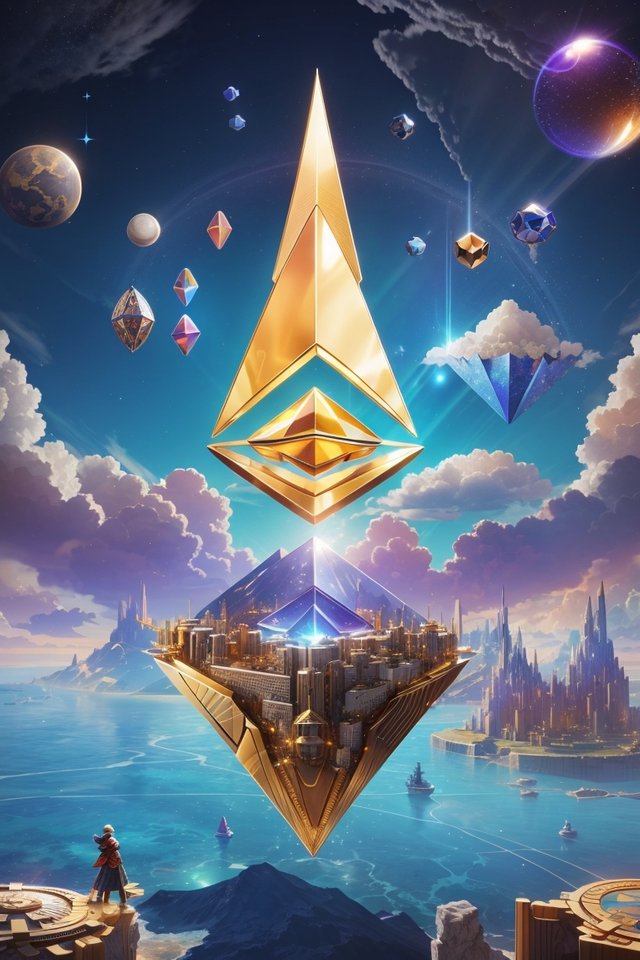Ethereum's Odyssey: A Brief Journey Through the Evolution of Decentralized Possibilities
Ethereum, a blockchain platform that revolutionized the world of decentralized applications and smart contracts, has a captivating history. Here's a brief overview:
2013-2014: Inception and Whitepaper
Ethereum's journey began in late 2013 when a programmer named Vitalik Buterin conceptualized the idea of a platform that could go beyond Bitcoin's capabilities. In 2014, Vitalik published the Ethereum whitepaper, outlining his vision for a decentralized platform that could enable the creation of a wide range of applications using smart contracts.
2015: Ethereum Network Launches
The Ethereum blockchain went live on July 30, 2015, with the release of its first version, known as "Frontier." This marked the beginning of Ethereum's mainnet, allowing developers and enthusiasts to experiment with building decentralized applications and smart contracts.
2016: The DAO and Hard Fork
In 2016, a project known as "The DAO" (Decentralized Autonomous Organization) raised a significant amount of funds through an Initial Coin Offering (ICO) on the Ethereum platform. However, a vulnerability was exploited, leading to the theft of a substantial portion of the invested funds. In response, the Ethereum community executed a controversial hard fork to reverse the theft and create Ethereum (ETH) and Ethereum Classic (ETC) as separate chains.
2017: ICO Boom and Scaling Challenges
The year 2017 witnessed a surge in Initial Coin Offerings, where numerous projects raised funds by issuing tokens on the Ethereum platform. This ICO boom brought increased attention to Ethereum but also exposed its scalability challenges, leading to network congestion and higher fees during peak times.
2018: Ethereum 2.0 and Beyond
To address scalability and improve network efficiency, Ethereum developers began working on Ethereum 2.0, also known as ETH 2.0 or Serenity. This ambitious upgrade aims to transition the network from a Proof of Work (PoW) consensus mechanism to Proof of Stake (PoS), along with other improvements. The upgrade is being rolled out in multiple phases, starting with the launch of the Beacon Chain in December 2020.
Present and Future: DeFi, NFTs, and More
Ethereum has become the foundation for a multitude of innovations. DeFi (Decentralized Finance) platforms leverage smart contracts to provide financial services without intermediaries. Non-Fungible Tokens (NFTs) have gained widespread attention, enabling the ownership and trading of unique digital assets. Ethereum continues to evolve, with ongoing development and upgrades to improve scalability, security, and usability.
Ethereum's history is marked by innovation, challenges, and a strong community of developers, users, and enthusiasts who continue to shape its trajectory. As the blockchain ecosystem evolves, Ethereum remains a central pillar, paving the way for the decentralized future.

Upvoted! Thank you for supporting witness @jswit.